Jharkhand is located in eastern India and is known for its fertile land and water resources. The state has a large population of small and marginal farmers engaged in subsistence agriculture. Dairy farming is an important agricultural activity in Jharkhand, providing livelihood to many small and marginal farmers. Dairy farming can be a lucrative business venture if it is managed properly.
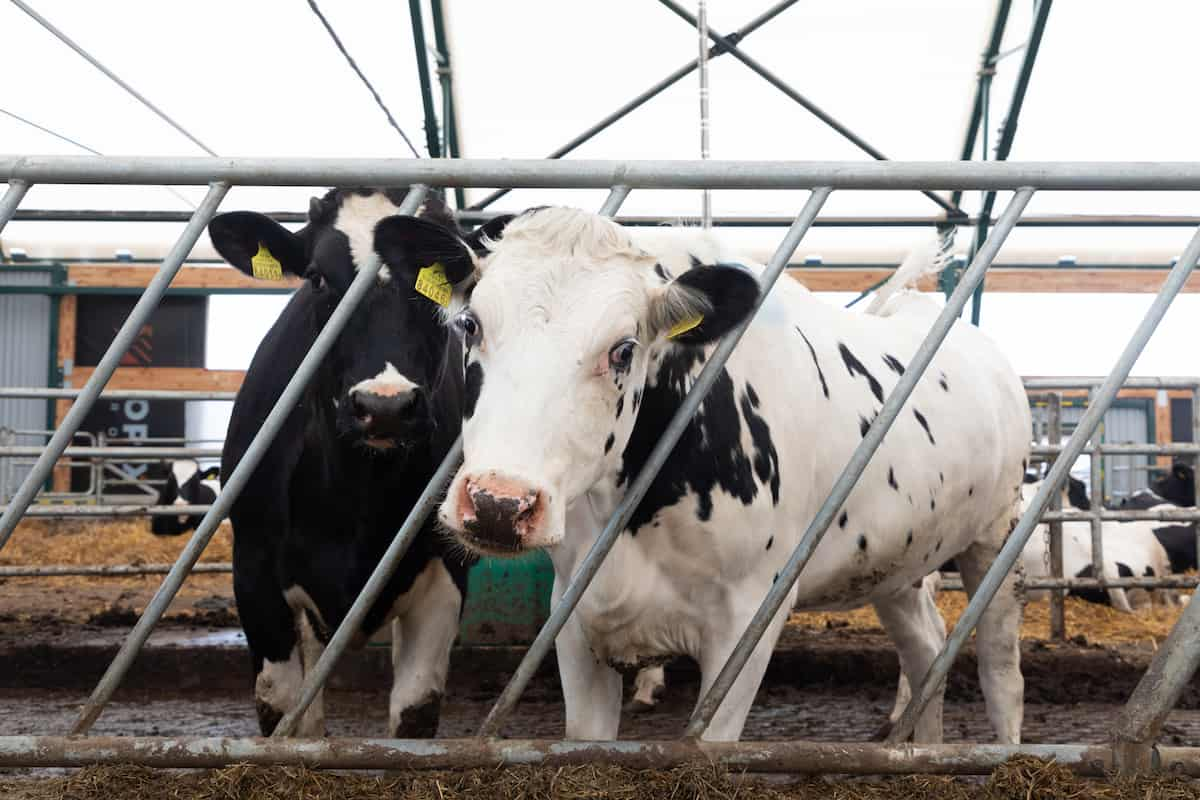
How to Start Dairy Farming in Jharkhand
Is Dairy Farming Profitable in Jharkhand?
- Dairy farming is a highly profitable business venture in many parts of India. However, the state of Jharkhand has proven to be an ideal location for aspiring dairy farmers. With its vast natural resources and open spaces, Jharkhand provides the perfect environment for dairy farming.
- In Jharkhand, dairy farming is a major income source for many small and marginal farmers. Due to its large cattle population and favorable climate, the state has a high potential for milk production. Dairy farming in Jharkhand can be profitable if proper planning and management are employed.
The Requirements for Dairy Farming in Jharkhand
- A piece of land: You will need a piece of land to build your dairy farm. The land size will depend on the number of cows you plan to keep.
- A water source: You will need a water source for your dairy farm. This can be a well, borehole, or river.
- Shelter for your cows: You will need to provide shelter. This can be in the form of a shed or barn.
- Feed for your cows: You will need to provide feed for your cows. This can be grass, hay, straw, and grain.
- Equipment: You will need some basic equipment for your dairy farm, such as milking machines and buckets.
In case you missed it: How to Start Dairy Farming in Chandigarh: Business Plan, Breeds, Setup Cost, Profit, and Requirements
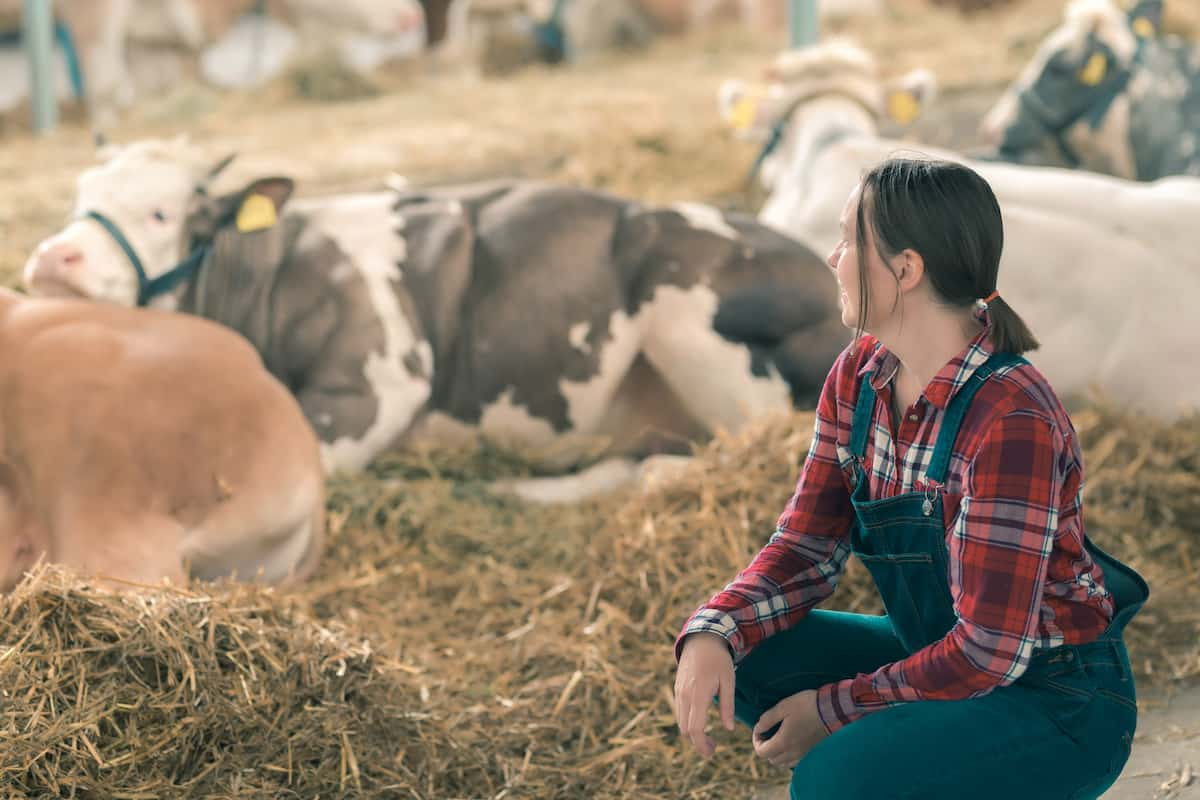
Factors Affecting Dairy Farming in Jharkhand
- Jharkhand is ideal for dairy farming due to its climatic conditions and rich agricultural resources. Dairy farming can be profitable in Jharkhand if certain factors are considered.
- The main factor affecting dairy farming in Jharkhand is the climate. Jharkhand has a tropical climate conducive to grass and other green fodder growth. The average rainfall in Jharkhand is around 1400 mm which is adequate for grass growth.
- Another important factor affecting dairy farming in Jharkhand is the availability of good-quality cattle breeds. Many indigenous cattle breeds are available in Jharkhand, which is well-suited for dairy farming. Some popular cattle breed available in Jharkhand are Gir, Red Sindhi, Sahiwal, Tharparkar, and Rathi.
- Another important factor affecting dairy farming in Jharkhand is the availability of infrastructure facilities. Many private companies have set up modern dairy farms in Jharkhand with all the latest infrastructure facilities. These companies provide good quality milk at competitive prices to consumers.
- The government of Jharkhand has also taken some initiatives to promote dairy farming in the state. The government has set up many Animal Husbandry Centers (AHCs) across the state where farmers can get information about various aspects of dairy farming, such as breeding, feeding, and health care.
The Cost of Setting Up a Dairy Farm in Jharkhand
The cost of setting up a dairy farm in Jharkhand depends on various factors such as the size and type of farm, the number of animals to be kept, the infrastructure required, and the funding source. The set-up cost for a dairy farm is around Rs. 10-30 lakhs.
In case you missed it: How to Start Dairy Farming in Mexico: Breeds, Business Plan, Requirements, Setup Cost, and Profit
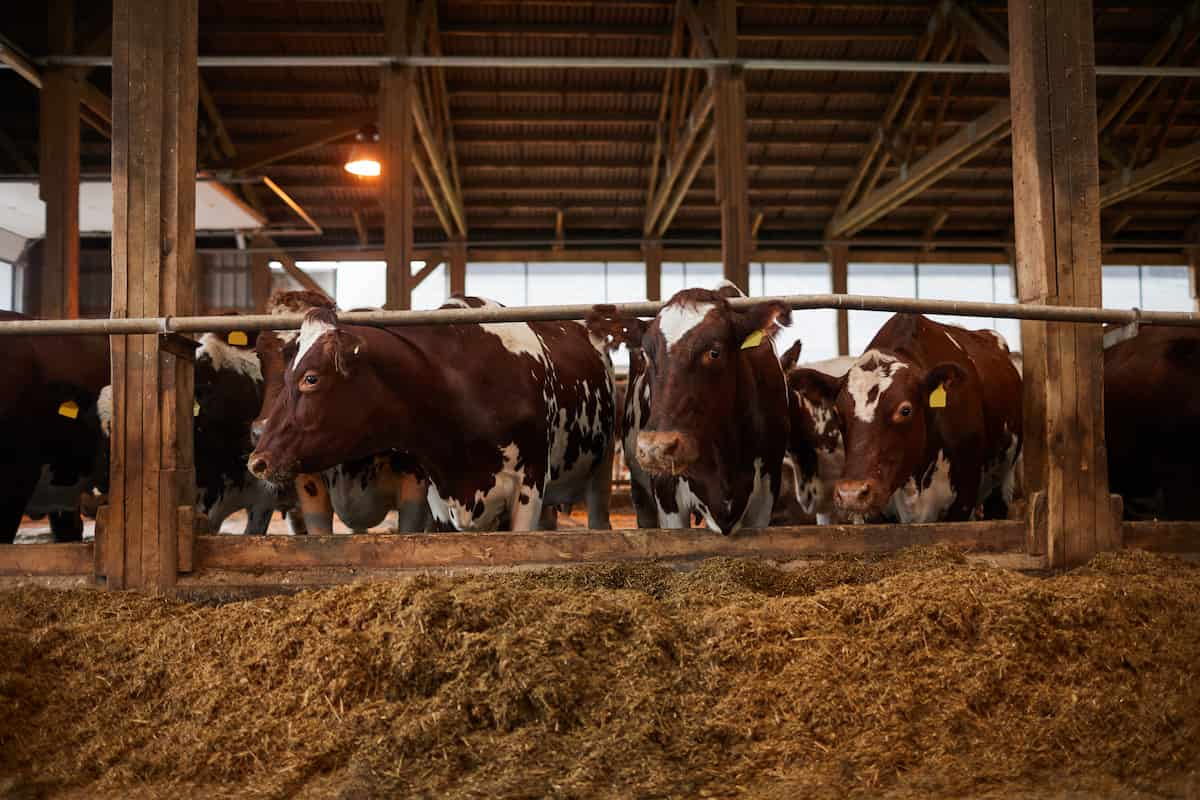
Types of Dairy Production Systems in Jharkhand
Small Scale
Small-scale family farms are Jharkhand’s most common type of dairy farm. These operations are typically run by a single family, with all members contributing to the business. Dairy cattle are often kept in small herds of 2-3 animals, and milk production is typically for home consumption only.
Small-scale family farms dominate the dairy industry in Jharkhand, accounting for about 80% of all milk production in the state. These farms are typically run by a single family, with the husband and wife working together to care for the cows and manage the farm.
Large Scale
Large commercial dairy farms are much less common in Jharkhand, accounting for only about 20% of milk production in the state. Companies or cooperatives usually run these operations, with hired workers carrying out most of the day-to-day tasks. Dairy farming systems in Jharkhand vary depending on the size and type of farm.
Family farms tend to be more traditional, with cows being kept in open fields and fed a diet of grass and hay. Commercial dairy farms are often more intensive, with cows kept in confinement and fed a grain diet and other commercial feeds. Both dairy farms produce milk sold to local markets or processed into cheese, butter, and other products. Large-scale commercial dairy farms are less common in Jharkhand but are growing in popularity as the demand for milk increases.
These operations are usually run by companies or cooperatives and employ many workers. Dairy cattle are kept in much larger herds, often numbering hundreds or thousands of animals. Milk production is done commercially; these farms typically have well-developed business plans and management structures. Profit is a primary goal for these operations.
The Future of Dairy Farming in Jharkhand
- The future of dairy farming in Jharkhand is exciting. The state’s large population and growing economy make it an ideal market for dairy farmers. Dairy farmers have many opportunities to expand their operations and increase their profitability.
- The government supports the dairy industry and is working to improve infrastructure and provide subsidies for farmers. There is a growing demand for milk and dairy products in Jharkhand, which is expected to continue. Dairy farming is viable for farmers looking to diversify their operations or start a new business.
In case you missed it: How to Start Dairy Farming in Uttarakhand: Business Plan, Breeds, Setup Cost, Profit, Requirements, and Management
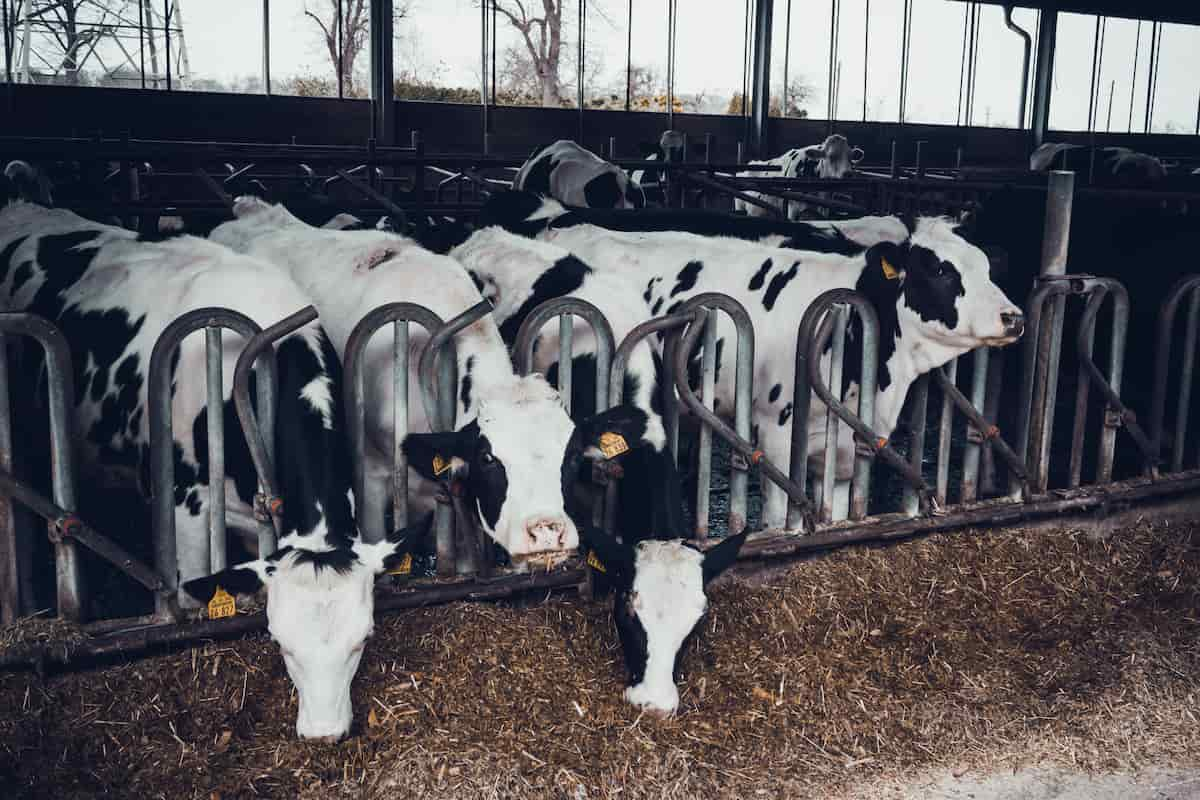
Steps to Create a Dairy Business Plan in the Jharkhand
- Decide on the size of your dairy farm: There are different types to start dairy farms: small, medium, or large scale. This will determine the amount of money you must invest and the land requirements.
- Choose the right breed: Many breeds of cows are available, each with benefits. Select a breed based on your budget and desired milk output.
- Get the required licenses: To operate a dairy farm, you must obtain certain licenses from the government.
- Create a business plan: Just like any other business, it is important to have a detailed plan outlining your goals, finances, and operational procedures.
- Find the right location: The location of your farm will play a big role in its success. Make sure to choose an area with good water and pasture resources.
- Build proper infrastructure: Housing, feeding, and milking facilities are essential for any successful dairy farm.
- Promote your dairy products: To make profits, you must market and sell your dairy products effectively.
Is Dairy Farming Profitable in Jharkhand
Yes, dairy farming is profitable in Jharkhand. The state has a diverse climate which is suitable for a variety of livestock breeds. Dairy farming allows small and marginal farmers to earn a decent income. The set-up cost is relatively low, and the profit margins are high. There is a growing demand for milk and milk products in the state. The government is providing financial and technical assistance to encourage dairy farming.
In case you missed it: How to Start Dairy Farming in Israel: Business Plan, Key Rules, Breeds, Cost, Profit and Management
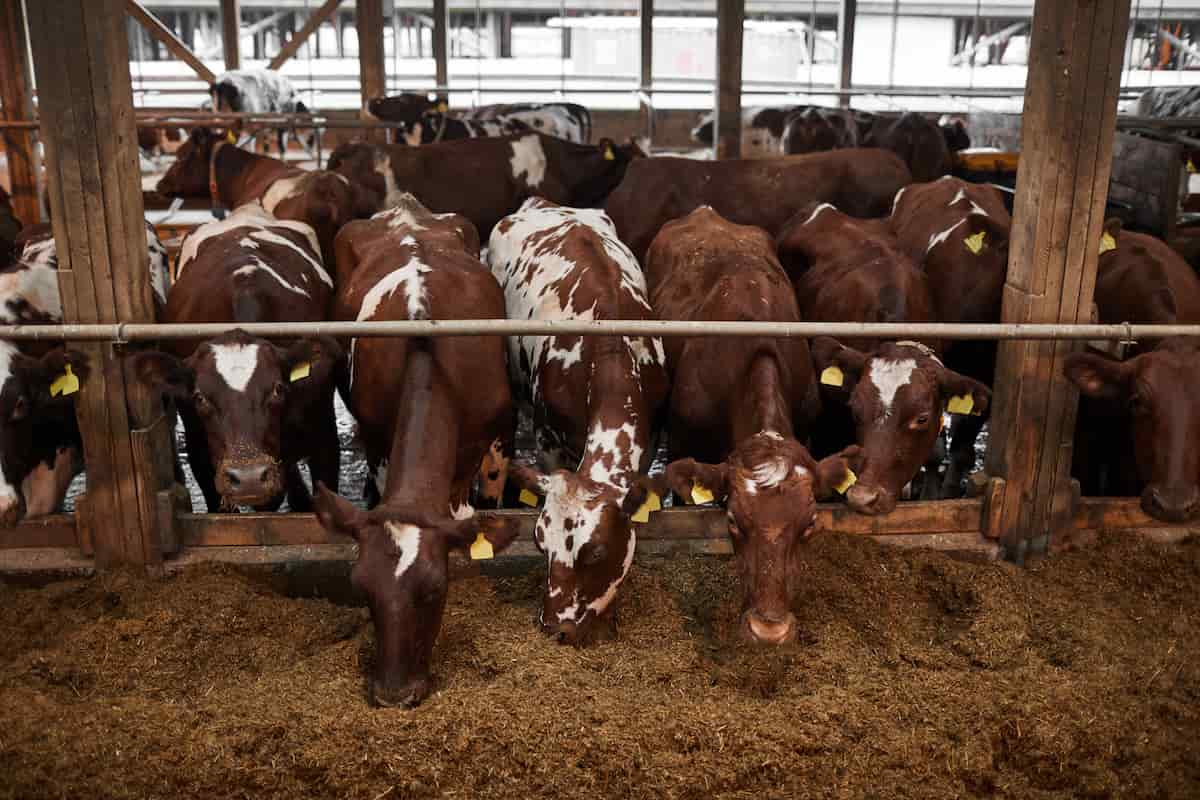
Dairy Farm Care in Jharkhand
- Dairy farming is an important agricultural activity in Jharkhand. The state has a large number of dairy farms, which are located in different parts of the state. Many factors contribute to the success of dairy farming in Jharkhand. The most important factor is the availability of good quality cattle feed. Jharkhand has a wide variety of cattle feed available, which helps maintain the animals’ health and improve their milk yield.
- Another important factor is the availability of water. Jharkhand has several rivers and streams, providing adequate water for irrigation and other purposes. The state also has several groundwater resources, which can be used to water crops and provide livestock drinking water.
- Provide good housing and facilities for your cattle: Cattle need a clean and comfortable environment to thrive. Ensure you provide them with ample space to move around, access to fresh water and fodder, and shelter from extreme weather conditions.
- Follow proper nutrition and health care practices: A healthy diet is essential for dairy cattle to produce high-quality milk. They should be given a balanced diet of green fodder, concentrates, minerals, and vitamins. Additionally, they must be vaccinated regularly against diseases like Foot and Mouth Disease (FMD) and Hemorrhagic Septicemia (HS).
- The next step is to purchase good quality cattle feed from the market. Cattle feed should be nutritious and rich in proteins and minerals. It is important to provide clean water to the animals.
- After purchasing the cattle, they must be vaccinated against common diseases such as foot-and-mouth, anthrax, rinderpest, etc. Vaccination schedules should be followed properly to maintain the health of the animals. Milking should be done twice daily – morning and evening – using clean utensils and techniques. Milk produced during each session should be immediately stored in clean containers at a cool temperature to prevent spoilage.
Dairy Breeds Available in Jharkhand
Jharkhand’s main indigenous cattle breeds are the Gir, Holstein, Jersey, Brown Swiss, Guernsey, Red Sindhi, Sahiwal, Deoni, and Khillari. These breeds adapt well to the local climatic conditions and have good milk production potential. However, they must be cross-bred with high-yielding exotic breeds such as the Holstein Friesian (HF) to improve milk production.
The HF breed is the most popular dairy breed in India. However, this breed is not well adapted to Jharkhand’s hot and humid conditions. As a result, it is important to choose a cross-breed that is more suitable for the local conditions.
In case you missed it: How to Start Dairy Farming in the Netherlands: Business Plan, Cost, Profit, Subsidy Loan, and Challenges
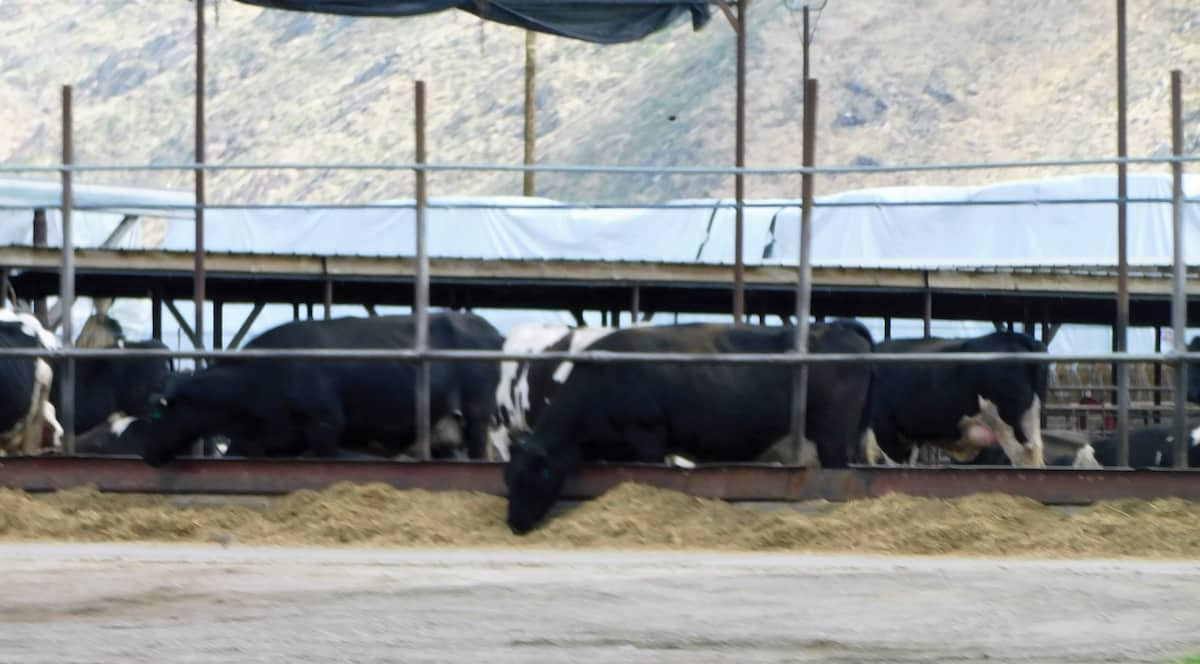
Key Rules for Starting Dairy Farming in Jharkhand
- You need to choose the right breed of cattle for your farm. Different breeds of cattle produce different types and amounts of milk, so selecting a breed well-suited to your climate and pasture conditions is important.
- You must provide your cows with high-quality food and water. Proper nutrition is essential for optimal milk production.
- It would help to create a clean and comfortable environment for your cows. Cows that are stressed or uncomfortable will not produce as much milk as those that are contented and comfortable.
- You must keep meticulous records of all aspects of your dairy operation, from breeding and calving records to feed and water consumption levels. Following these key rules can set your dairy farm up for success.
Dairy Farming Loans and Subsidies in Jharkhand
- If you plan to start a dairy farming business in Jharkhand, you first need to obtain a loan and subsidy from the government. The government offers several schemes for farmers, including loans for dairy farming. You can also get subsidies on certain inputs such as fodder and feed.
- Two main types of dairy farming loans are available in Jharkhand: term loans and working capital loans. Term loans are typically used for long-term investments, such as the purchase of land, construction of buildings, etc. On the other hand, working capital loans are meant for short-term needs, such as buying cattle, feed, etc.
- Both term loans and working capital loans are available at subsidized interest rates. In addition, the government also provides a subsidy of 50% on the interest paid on these loans. As a result, dairy farmers in Jharkhand can avail themselves of significant financial benefits by taking advantage of these schemes.
- To get a loan for dairy farming, you must have a business plan in place. The business plan should include your proposed set-up, costs, and profits. It is important to remember that dairy farming is a long-term investment; therefore, you should not expect to see profits immediately.
In case you missed it: How to Start Dairy Farming in Nigeria: Business Plan, Breeds, Cost, Profit, and Schemes
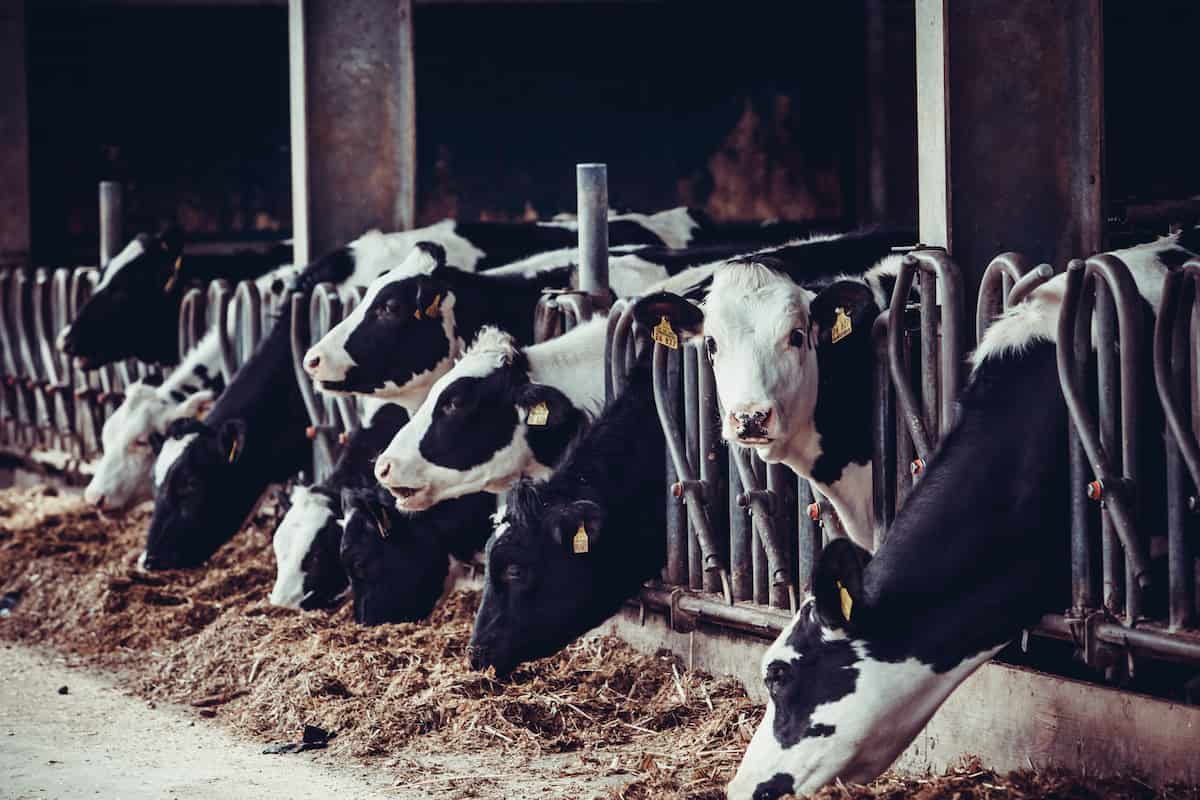
Dairy Farming Challenges in Jharkhand
- Low productivity: The productivity of dairy farms in Jharkhand is low compared to other states in India. This is due to the small herd size, lack of modern technology, and skilled labor.
- High cost of production: The cost of production is high due to the high cost of feed and fodder, veterinary services, and medicines.
- Lack of storage facilities: Most dairy farmers do not have access to proper storage facilities for milk and milk products, resulting in wastage.
- Poor quality control: No quality control mechanism exists for milk and milk products produced in Jharkhand, leading to sub-standard products.
Conclusion
Dairy farming is an important agricultural sector in Jharkhand, providing milk and milk products to a large population. It is a source of livelihood for small and marginal farmers and a significant contributor to the state’s economy. Dairy farming is a profitable agricultural business in India. It has a high potential for expansion in Jharkhand, especially in the eastern and southern regions of the state.
- Types of Pesticides Used in Agriculture: A Beginner’s Guide
- Economical Aquaculture: A Guide to Low-Budget Fish Farming
- 15 Common Planting Errors That Can Doom Your Fruit Trees
- How to Make Houseplants Bushy: Effective Tips and Ideas
- Innovative Strategies for Boosting Coconut Pollination and Yield
- Pollination Strategies for Maximum Pumpkin Yield
- The Complete Guide to Chicken Fattening: Strategies for Maximum Growth
- Natural Solutions for Tulip Problems: 100% Effective Remedies for Leaf and Bulb-Related Issues
- Revolutionizing Citrus Preservation: Towards a Healthier, Greener Future
- Natural Solutions for Peony Leaf and Flower Problems: 100% Effective Remedies
- Maximizing Profits with Avocado Contract Farming in India: A Comprehensive Guide
- Natural Solutions for Hydrangea Problems: 100% Effective Remedies for Leaf and Flowers
- The Ultimate Guide to Choosing the Perfect Foliage Friend: Bringing Life Indoors
- From Sunlight to Sustainability: 15 Ways to Use Solar Technology in Agriculture
- The Ultimate Guide to Dong Tao Chicken: Exploring from History to Raising
- The Eco-Friendly Makeover: How to Convert Your Unused Swimming Pool into a Fish Pond
- Mastering the Art of Delaware Chicken Farming: Essentials for Healthy Backyard Flocks
- 20 Best Homemade Fertilizers for Money Plant: DIY Recipes and Application Methods
- How to Craft a Comprehensive Free-Range Chicken Farming Business Plan
- Brighten Your Flock: Raising Easter Egger Chickens for Beauty and Bounty
- How to Optimize Your Poultry Egg Farm Business Plan with These Strategies
- Subsidy for Spirulina Cultivation: How Indian Government Schemes Encouraging Spirulina Farmers
- Ultimate Guide to Raising Dominique Chickens: Breeding, Feeding, Egg-Production, and Care
- Mastering the Art of Raising Jersey Giant Chickens: Care, Feeding, and More
- Ultimate Guide to Raising Legbar Chickens: Breeding, Farming Practices, Diet, Egg-Production
- How to Raise Welsummer Chickens: A Comprehensive Guide for Beginners
- How to Protect Indoor Plants in Winter: A Comprehensive Guide
- Ultimate Guide to Grow Bag Gardening: Tips, Tricks, and Planting Ideas for Urban Gardeners
- Guide to Lotus Cultivation: How to Propagate, Plant, Grow, Care, Cost, and Profit
- Agriculture Drone Subsidy Scheme: Government Kisan Subsidy, License, and How to Apply Online
- Ultimate Guide to Raising Araucana Chickens: Breed Profile, Farming Economics, Diet, and Care
- Bringing Hydroponics to Classroom: Importance, Benefits of Learning for School Students
- Ultimate Guide to Raising Polish Chickens: Breed Profile, Farming Economics, Diet, and Care
- Ultimate Guide to Raising Australorp Chickens: Profile, Farming Economics, Egg Production, Diet, and Care
- Silkie Chicken Farming: Raising Practices, Varieties, Egg Production, Diet, and Care
- Sussex Chicken Farming: Raising Practices, Varieties, Egg Production, Diet and Care